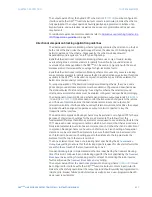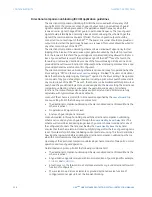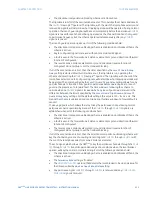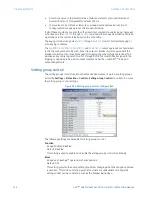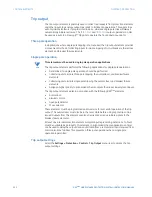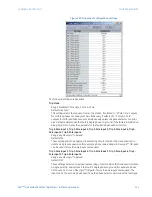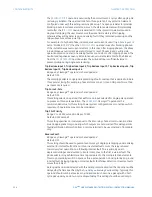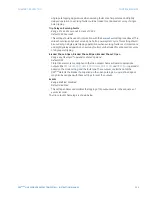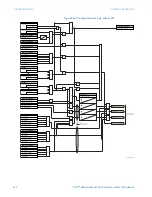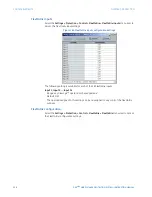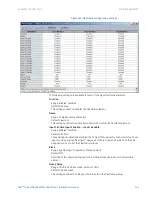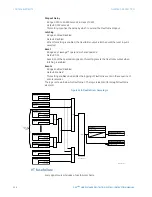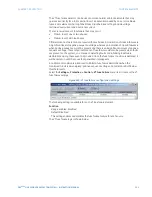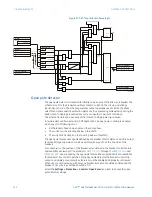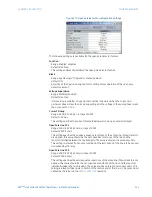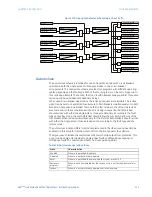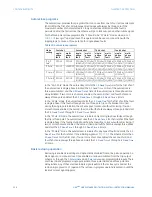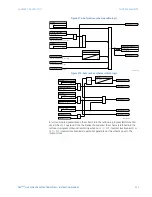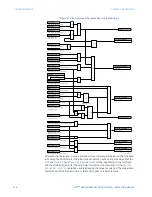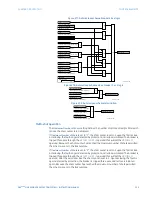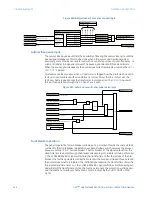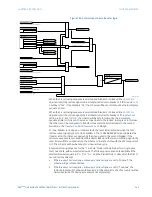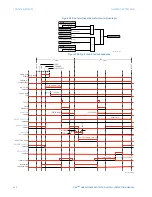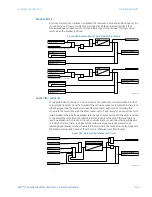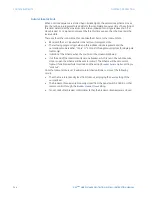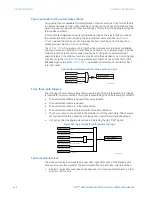
CHAPTER 7: PROTECTION
CONTROL ELEMENTS
D90
PLUS
LINE DISTANCE PROTECTION SYSTEM – INSTRUCTION MANUAL
331
The VT fuse failure detector can be used to raise an alarm or block elements that may
operate incorrectly for a full or partial loss of AC potential caused by one or more blown
fuses. Some elements that might be blocked (via the Block setting) include voltage
restrained overcurrent and directional current.
There are two classes of fuse failure that may occur.
•
Class A: loss of one or two phases.
•
Class B: loss of all three phases.
Different means of detection are required for each class. An indication of class A failures is
a significant level of negative-sequence voltage, whereas an indication of class B failures is
when positive-sequence current is present and there is an insignificant amount of positive-
sequence voltage. These noted indications of fuse failure could also be present when faults
are present on the system, so a means of detecting faults and inhibiting fuse failure
declarations during these events is provided. Once the fuse failure condition is declared, it
will be sealed-in until the cause that generated it disappears.
An additional condition is introduced to inhibit a fuse failure declaration when the
monitored circuit is de-energized; positive-sequence voltage and current are both below
threshold levels.
Select the
Settings > Protection > Control > VT Fuse Failure
menu item to access the VT
fuse failure settings.
Figure 269: VT fuse failure configuration settings
The following setting is available for each VT fuse failure element.
Function
Range: Enabled, Disabled
Default: Disabled
This setting enables and disables the fuse failure feature for each source.
The VT fuse failure logic is shown below.

